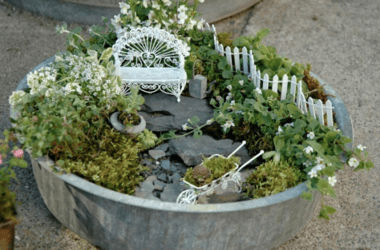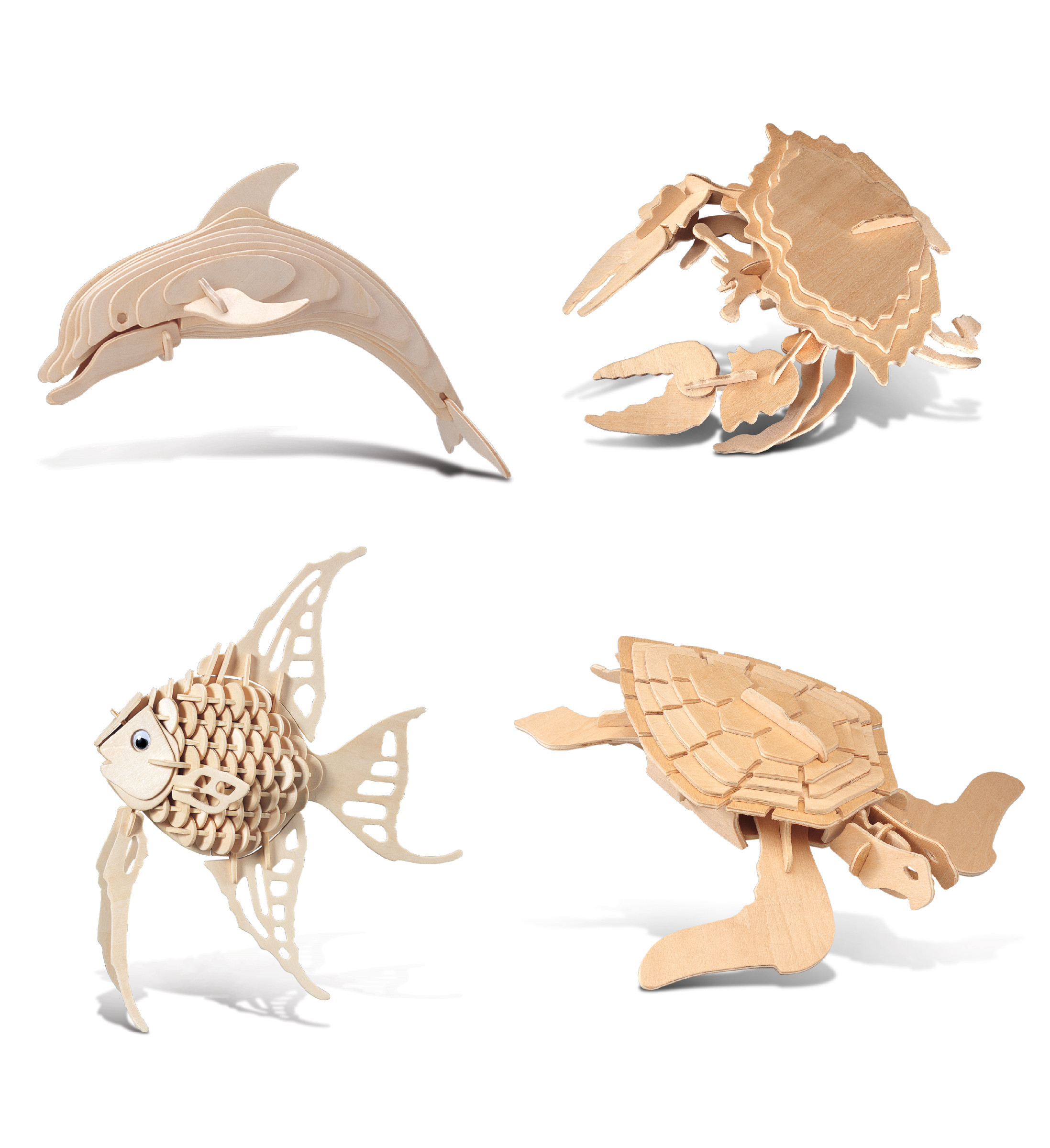
A few things to remember if you are just starting paper piecing are: The size of your finished patch is only an estimate. Try placing smaller scraps in a way that there is less overlap at seams. This will make it easier to create narrow seam allowances.
Basics of Paper Piecing
Paper piecing can be a fun and creative way to create patchworks. You cut and arrange pieces in a certain order, much like painting by numbers. Make sure you have enough fabric on each piece to cover the light outer lines. If possible ensure that all pieces meet at least 1/4 inch above the light outer line.
You can start sewing by using a pattern which includes a cutting page. Judy Niemeyer's beginner pattern is recommended. You can find it in my shop. This pattern contains a numerical listing showing the line numbers. Next, cut a rectangle from the fabric. This will make it easier to see where the triangles overlap. It also allows you to cut a larger piece of fabric than you otherwise would.
Techniques
Paper piecing is an easy way to start whether you have always wanted or not to attempt patchwork. Simple pieces of paper can be used to make a simple patchwork project. You can use smaller scraps to make larger pieces of patchwork. Most patterns include estimates for the size of the patches. This will result in a smaller seam allowance.

The paper-piecing process is much faster than traditional patchwork. It saves you time by removing the tedious task of cutting and squaring off standard unit blocks. You can also group half-square triangular triangles instead of individually trimming them.
Templates
Easy to sew a block of patchwork using paper-piecing template. These templates provide instructions for lining up pieces, pining seam lines and sewing close to the edge. You will also find the seam allowance markings. Use the seam lines to guide your sewing.
You can find a wide range of templates for paper-piecing patcheswork in different sizes, shapes, or colors. Templates can be downloaded online or from other sites. Some templates are JPEG files, while others are PDFs. A template should have a minimum seam allowance of 1/4".
Hexagon templates
First, print out the hexagon pattern in whatever size you need. Next, trace the hexagons onto a piece or cardboard such as a cereal container. Use a ruler to cut the shapes. Then, use a fabric glue stick to hold them flat.
You can also make your own hexagon templates using sturdy paper or die-cut manila folders. To prevent the design from bleeding onto your fabric, make sure you use a different color file folder. Use a fabric cutter to trim around the template leaving 1/4 inch seam allowance. Fold the template along one edge and then fold the fabric on the other. Press the fabric with your finger to form a crease.

Y seams
Paper piecing patchwork is common and Y seams can be used. However, it is important to learn how to sew them correctly. A Y seam is basically three seams arranged in a Y shape when they are seen as a whole unit. An iron-off marker is used to draw a Y sewn seam. You'll need a seam allowance of 1/4 inch on all sides of the square you want to sew into a 'Y seam'.
Sew Y seams and remember to stop at the pattern's stitch line. This will minimize any puckering. You should also press the fabric down before you sew a Y seam. This will ensure that it doesn't wiggle.
FAQ
Can I make money from my hobby?
You can have many hobbies that lead to extra income.
If you're passionate enough about your hobby, you may decide to sell items related to it.
If you're a collector of stamps, you may be interested in establishing a website to sell them.
You can also make extra income by selling and buying stamps.
Another option is to create a YouTube Channel where you can talk about your hobby.
This allows you to share what is important to you with others, and possibly generate additional revenue through premium content.
What are your favorite hobbies right now
Popularity is not always a good thing. It can be used to justify mediocrity. Most people don't have the time or energy to pursue their hobbies. They are too busy working to make ends meet. What can you do if your time is limited? You could also start your own business.
But it's not an easy task. You will need to overcome many obstacles before your idea can become a reality.
You should look into a hobby if you want something more thrilling than running your own business.
Hobbies don't have to be creative. There are many hobbies. Here are some examples:
-
Gardening
-
Cooking
-
Photography
-
Reading
Why do we need hobbies?
Hobbies play an integral part in our lives. It allows us to unwind and recharge, think creatively, exercise, socialize, have fun, and allow us to enjoy life. They also provide us with opportunities for learning new skills and developing valuable life-long interests.
Hobbies help us to find meaning and purpose in our lives.
They can be a great way of spending time without having to do anything else.
They are also very entertaining!
If you don't find time for hobbies, it's likely that you don't have enough time for any other activities.
Take a look at the many options that are available to you. You might consider starting a hobby if you don't already have one.
What are some good hobby ideas?
Hobby Ideas for People who Love to Learn and Teach Others.
Hobbies can allow you to be creative and have fun while learning.
There are many hobbies. But they all share similar characteristics. These are fun, easy activities that cost little and don't take too much effort.
They also tend to involve working with others, whether teaching someone how to play an instrument or helping them build a model airplane.
You might not think about yourself as a teacher, but chances are there's something you could do to help someone else learn.
If you're looking for more creativity in your life, think about starting a hobby so you can share your talents with others.
What are educational hobbies?
An educational hobby can be defined as an activity in which you learn something through doing it. It could be anything from playing sports to learning how to play an instrument.
The most important thing is that you find it enjoyable and entertaining. It doesn't have to be done all the time. However, if you get bored of it, you should think about other things you can do instead.
These activities could end up costing you far more than what you pay for.
What are observation hobbies?
Observation hobbies are activities where you observe people doing what they do. You might be interested in watching sports, reading, going on holidays, and so forth. It could also be observing other people as well.
It's great to have observation hobbies because it helps you think creatively. You can use this knowledge later when you're working on projects for yourself or others.
If you are passionate about something, you will find it easier to learn about it.
For example, if you want to know more about football, you may watch a game or read a book about it. Exhibitions are a great way to learn about photography.
If you like to play music, you can either learn the songs online or get a guitar.
You could also choose to cook at home or go to restaurants if you are a good cook.
If you love gardening, you might grow vegetables or flowers.
You could take a class or go out dancing with your friends if you enjoy dancing.
If you love painting, you can paint pictures.
Writing poetry or stories is a passion if you are a writer.
Drawing pictures is a great hobby.
If you're passionate about animals you might consider working at a Zoo or looking after their pets.
You could choose to study biology, maths, chemistry, or physics if you are interested in science.
History lovers can watch films, read books or listen to podcasts.
You could explore the world or travel to places you love if you are a lover of traveling.
Statistics
- This 100% accurate personality-analyzing hobby quiz discovers your passion based on your characteristics. (quizexpo.com)
- A new survey by Pew Research Center of teens ages 13 to 17 finds that 36% of girls feel tense or nervous about their day every day; 23% of boys say the same. (pewresearch.org)
- The Role of the Mind in Sex, Dating, and Love: Men in the “humor” condition received phone numbers from 42.9% of the female participants and were refused 57.1% of the time. (time.com)
- The intensity of the dialogue partners' bond at the end of the forty-five-minute vulnerability interaction was rated as closer than the closest relationship in the lives of 30 percent of similar students. (time.com)
- Studies show that just six minutes of reading can reduce stress levels by 60 percent. (oberlo.com)
External Links
How To
How to start bicycling
Bike riding is a popular sport today. It's good exercise, fun and you can enjoy the fresh air! But, it takes skill and practice to ride a bicycle. To avoid falling off your bike while you ride, you must first learn how to properly use it. Here are some tips to help learn how you can ride your bike safely.
Make sure you have proper cycling clothing. Your clothing should fit comfortably and protect you from the elements. Make sure that you wear a helmet when you're out riding. If you crash, your head won't hurt too much. Your bike should fit properly. Unfitting bikes can lead to injuries in a collision.
Secondly, you should always check your tires regularly. They should be inflated enough so that they provide adequate traction. Each week should be checked the tire pressure. When checking them, ensure the treads are clean and free from debris. Verify that the valve stems don't leak. Verify that your brakes work properly. When riding, be aware of what is ahead. Avoid riding into traffic, it's dangerous. Be mindful of pedestrians around you and animals. Remember to use common sense while riding. Avoid driving like a madman and don't make sudden movements.